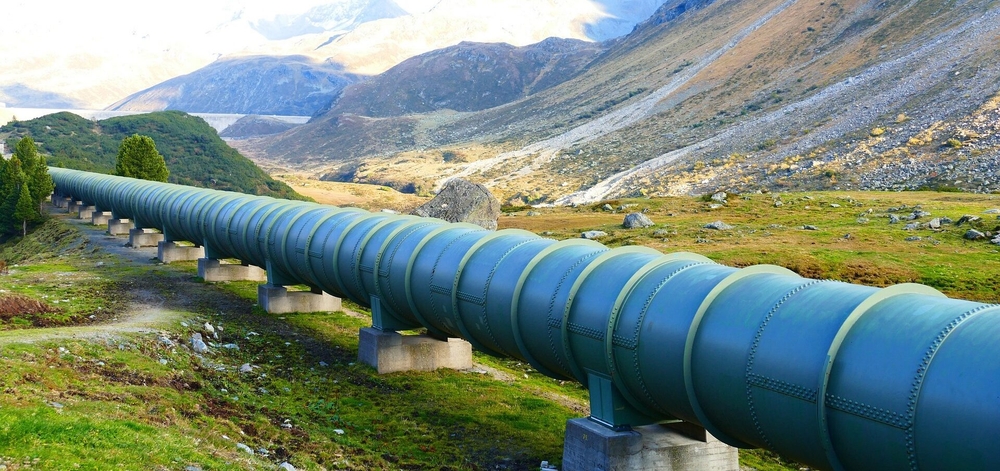Published
- 4 min read
Bangladesh's Energy Crisis: A Reflection of Economic Challenges

Bangladesh’s Energy Crisis: A Reflection of Economic Challenges
Bangladesh is facing a critical juncture as economic vulnerabilities spill over into its energy sector, threatening both short-term stability and long-term growth. The recent power supply reductions by Adani Power and the operational halt at the Matarbari power plant underscore the fragility of Bangladesh’s energy infrastructure and its heavy dependence on imports. This crisis reveals deeper structural issues that demand immediate attention.
The Roots of Bangladesh’s Energy Woes
Bangladesh’s energy crisis is tied to its economic challenges, particularly a weak balance of payments and dollar shortages. These problems have made it difficult for the government and private sector to meet import obligations for critical resources like coal, natural gas, and oil.
- Dependence on Imports: The country relies heavily on imported natural gas, coal, and oil. Contracts with Qatar and Oman for liquefied natural gas (LNG) have become financial burdens, especially with fluctuating global energy prices.
- Shrinking Exports and Remittances: Textile exports, which make up 83% of Bangladesh’s export income, have struggled due to labor strikes and reduced global demand. Meanwhile, remittance inflows have been insufficient to bridge the trade deficit.
Impact on the Energy Sector
Bangladesh’s power generation capacity, though robust on paper, has been severely hampered by financial constraints. With a generation mix heavily reliant on natural gas (45%), petroleum (22%), and coal (25%), the high cost of imported fuels has created a precarious situation.
Adani Power’s Supply Reduction
Adani Power’s halving of electricity supply due to unpaid dues of $790 million is a stark example of Bangladesh’s inability to manage its financial commitments. The power cuts have left significant gaps in energy availability, affecting industries and households alike.
The Coal Crisis at Matarbari
The Matarbari power plant, which accounts for over 10% of the country’s daily power needs, has been idle since October due to an inability to pay for coal imports. This highlights the unsustainability of Bangladesh’s current energy model, which relies on high-cost, imported fuels.
Subsidies and Their Consequences
Energy subsidies, amounting to over $3 billion or 4.4% of the national budget, have exacerbated the problem. While subsidies aim to make energy affordable for consumers and industries, they have distorted consumption patterns and drained government finances. Utilities, burdened by these subsidies, struggle to pay suppliers, perpetuating the cycle of financial instability.
Parallels with Regional Challenges
Bangladesh’s energy and economic challenges echo those of neighboring Pakistan, where energy shortages and reduced consumption have hampered industrial productivity. Both nations face the dilemma of balancing fiscal discipline with the need to maintain affordable energy access.
The Way Forward: Structural Reforms
Bangladesh must undertake bold reforms to address its energy and economic challenges. Key measures include:
Diversifying the Energy Mix
Transitioning to a more affordable and sustainable energy mix is critical. Coal-fired power plants, while contentious due to environmental concerns, offer a cost-effective solution in the short term. Simultaneously, investment in renewable energy sources like solar and wind is essential for long-term sustainability.
Strengthening Domestic Production
Reviving domestic gas production and exploring new reserves can reduce reliance on imports. Additionally, modernizing the energy grid to improve efficiency will help lower costs.
Rationalizing Subsidies
Gradual reduction of energy subsidies, coupled with targeted support for vulnerable populations, can ease the financial strain on the government while promoting responsible energy consumption.
Enhancing Export Competitiveness
Reforms in the textile sector, such as improving labor conditions and upgrading technology, can boost export revenue. Diversifying the export base beyond textiles will also strengthen the economy.
Conclusion
Bangladesh’s energy crisis is a symptom of deeper economic vulnerabilities that require immediate and comprehensive action. While short-term measures like securing concessional loans and fuel supplies can provide relief, long-term stability hinges on structural reforms. By diversifying its energy sources, rationalizing subsidies, and bolstering exports, Bangladesh can chart a path toward resilience and growth.
The road ahead will not be easy, but with strategic planning and execution, Bangladesh can turn its current challenges into opportunities for a more sustainable future.
